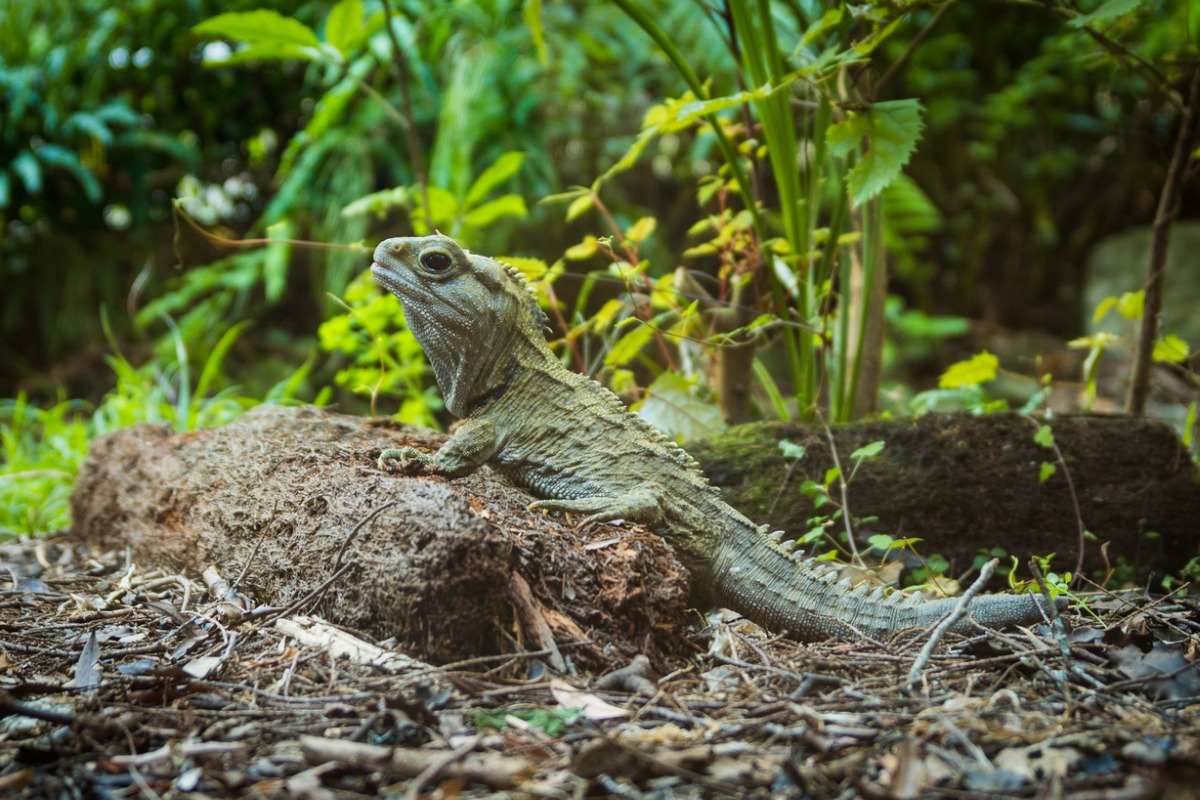A comprehensive study of the world’s reptiles has found that more than one in five reptile species are threatened with extinction, with the rate more than doubling in Australia over the past 25 years.
Conservation efforts for other animals have likely helped protect many reptile species, according to a new study led by NatureServe, the International Union for Conservation of Nature (IUCN), and Conservation International, in partnership with Monash University.
The study, published in the journal Nature, was conducted by a diverse research team, representing 24 countries across six continents, and analysed the conservation needs of 10,196 reptile species in comparison with mammals, birds, and amphibians.
Reptiles in the study include turtles, crocodiles, lizards, snakes, and tuatara, the only living member of a lineage that evolved in the Triassic period approximately 200-250 million years ago.
Professor David Chapple, from the Monash University School of Biological Sciences, said that Australia is a global reptile hotspot, being home to around 10 per cent of the world’s species.
“The vast majority of these species are endemic to Australia,” he said.
“The Global Reptile Assessment revealed that the plight of Australia’s reptiles has deteriorated over the past 25 years, with a doubling of the number of threatened species, and the first recorded extinction of an Australian squamate reptile (Christmas Island forest skink, Emoia nativitatis), and two species becoming Extinct in the Wild (blue-tailed skink, Cryptoblepharus egeriae, and Lister’s gecko, Lepidodactylus listeri).”
The research revealed that efforts to conserve threatened mammals, birds, and amphibians are more likely than expected to co-benefit many threatened reptiles. Although reptiles are well known to inhabit arid habitats such as deserts and scrubland, most reptile species occur in forested habitats, where they – and other vertebrate groups – suffer from threats such as logging and conversion of forest to agriculture.
The study found that 30 per cent of forest-dwelling reptiles are at risk of extinction, compared with 14 per cent of reptiles in arid habitats.
Dr Bruce Young, co-leader of the study and Chief Zoologist and Senior Conservation Scientist at NatureServe, said he was surprised by the degree to which mammals, birds and amphibians, collectively, can serve as surrogates to reptiles.
“This is good news because the extensive efforts to protect better known animals have also likely contributed to protecting many reptiles. Habitat protection is essential to buffer reptiles, as well as other vertebrates, from threats such as agricultural activities and urban development.”
The study also highlighted what we stand to lose if we fail to protect reptiles. If each of the 1,829 threatened reptiles became extinct, we would lose a combined 15.6 billion years of evolutionary history, including countless adaptations for living in diverse environments.
Neil Cox, co-leader of the study and Manager of the IUCN-Conservation International Biodiversity Assessment Unit, said the results of the Global Reptile Assessment signal the need to ramp up global efforts to conserve them.
“Because reptiles are so diverse, they face a wide range of threats across a variety of habitats. A multifaceted action plan is necessary to protect these species, with all the evolutionary history they represent.”
Targeted conservation measures are still necessary to protect some of the most threatened reptile species, especially island endemic lizards threatened by introduced predators and those that are more directly impacted by humans. For example, hunting, rather than habitat modification, is the main threat to turtles and crocodiles, half of which are at risk of extinction.
Dr Sean T O’Brien, President and CEO of NatureServe, said the findings of the global reptile assessment serve as a baseline that can be used to measure changes in extinction risk and track species recovery progress over time.
“Reptiles are not often used to inspire conservation action, but they are fascinating creatures and serve indispensable roles in ecosystems across the planet. We all benefit from their role in controlling pest species and serving as prey to birds and other animals,” he said.
“The analysis of the first global reptile assessment enable us to pinpoint where reptiles need the most help and serve as a major step to countering the global extinction crisis.”

